Last March schools across the nation were abruptly closed due to the declaration of the coronavirus pandemic. One year later, education has evolved and adapted to the restrictions set in place.
In spring of 2020, teachers all over the world had to quickly change their teaching methods. Many schools needed to get students all necessary electronic devices to do virtual learning. While many schools have returned to in-person learning, there is still a portion of students in every school who have stayed online.
In schools like PV, chromebooks were given to all students to use at home, while students in places like India have resorted to attending class from their smartphones. No matter how each school has adapted to the pandemic, each shows a new side to education and the resilience of teachers and students around the globe.
As a result of the changing atmosphere, many students have gained perspective on multitudes of educational strategies. Sophomore Tejus Kanathur has participated both in virtual and in-person learning, allowing him to see the differences of learning in both types of environments.
“I think that COVID-19 has caused education to almost become double sided, especially with our school district having to cater to both in-person and online students,” he said. “It has required a lot of flexibility on the parts of the students, teachers, and administrators to try to keep classrooms running and help students continue to learn despite being placed in a difficult situation.”
In the hybrid system, half the school was online and the other half in-person. Teachers had to cover similar material for two days in a row to make sure that all students were getting the necessary lessons. Now with 100 percent in-person learning, teachers are able to continue their syllabus at full speed.
Though it is possible to learn online, it remains a challenge for teachers to handle both types of learning. English teacher Lynne Lundberg has had to change her lessons many times over the past year because of changing situations due to COVID-19.
“Asking teachers to teach online while teaching in-person is unacceptable. Asking students to sit in front of a screen all day is inappropriate,” she said. “What we’re doing now is unreasonably difficult for teachers and students.”
Similarly, Kanathur believes that brick-and-mortar learning is the easiest and best way of education. “I would still prefer brick-and-mortar school because the interaction when learning through a livestream or online meeting is very difficult to replicate. That sense of excitement and desire to participate becomes very subdued online, which is why I would love to return to school,” he said.
In-person learning is easier for both students and teachers, but with the changing world adjustments need to be made.
There are many struggles in education because of COVID-19, but it has also raised new questions regarding the past education system. “We’ve had a chance to see how high school students respond to a schedule more like college; some students thrive while others flounder,” Lundeberg commented. “That difference tells us that it is important that some students attend school five days a week, but that’s not the case for everybody.”
Everyone was thrown into a new situation last March. Teachers had to adjust their lessons while students had to rely on intrinsic motivation to study. The experience was different for every student and teacher, but this educational challenge demonstrated the ways in which many students are able to learn partially by attending class and partially by self-studying.
When students go to college, they have lectures an average of three times a week. All the other days are for students to work on assignments, do projects and study for upcoming exams. COVID-19 created a similar environment for students in high school. It uncovered confidence within students and brought new opportunities for changes in the secondary education system.
Being in school and around classmates is what learning was always about. Collaboration and discussion based classes are what created excitement for learning. Completely virtual learning will never give the same experience, but it creates more flexibility for the future of education. COVID-19 has opened new doors to be explored in education.


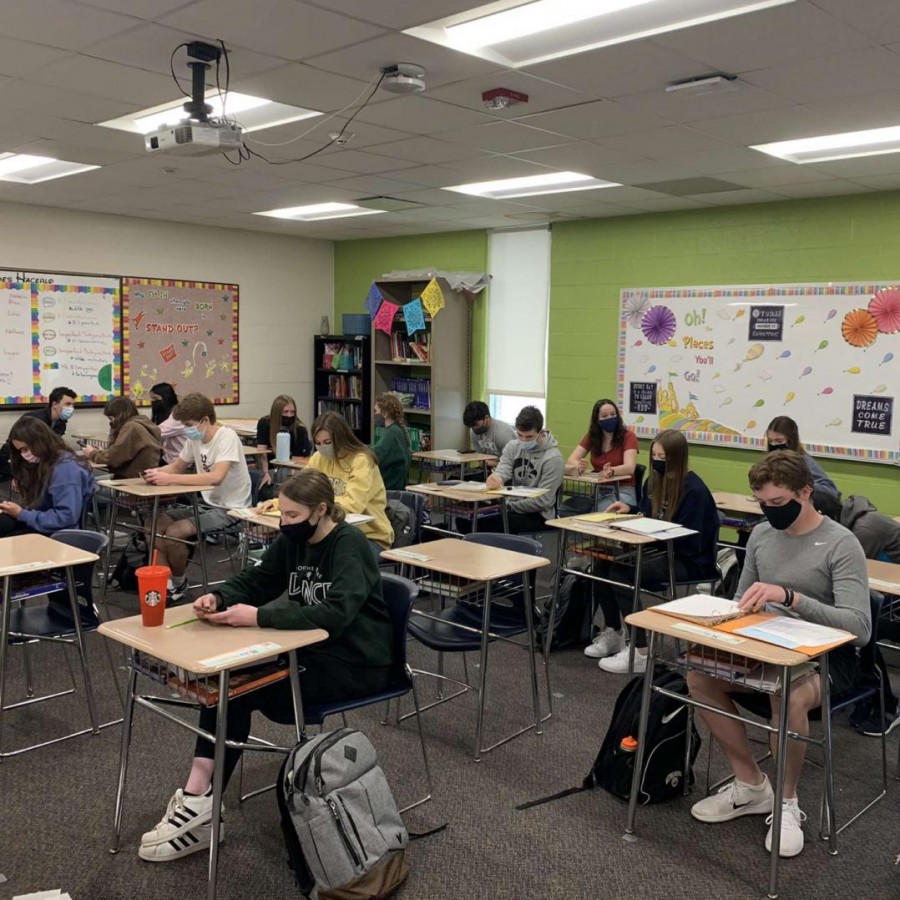






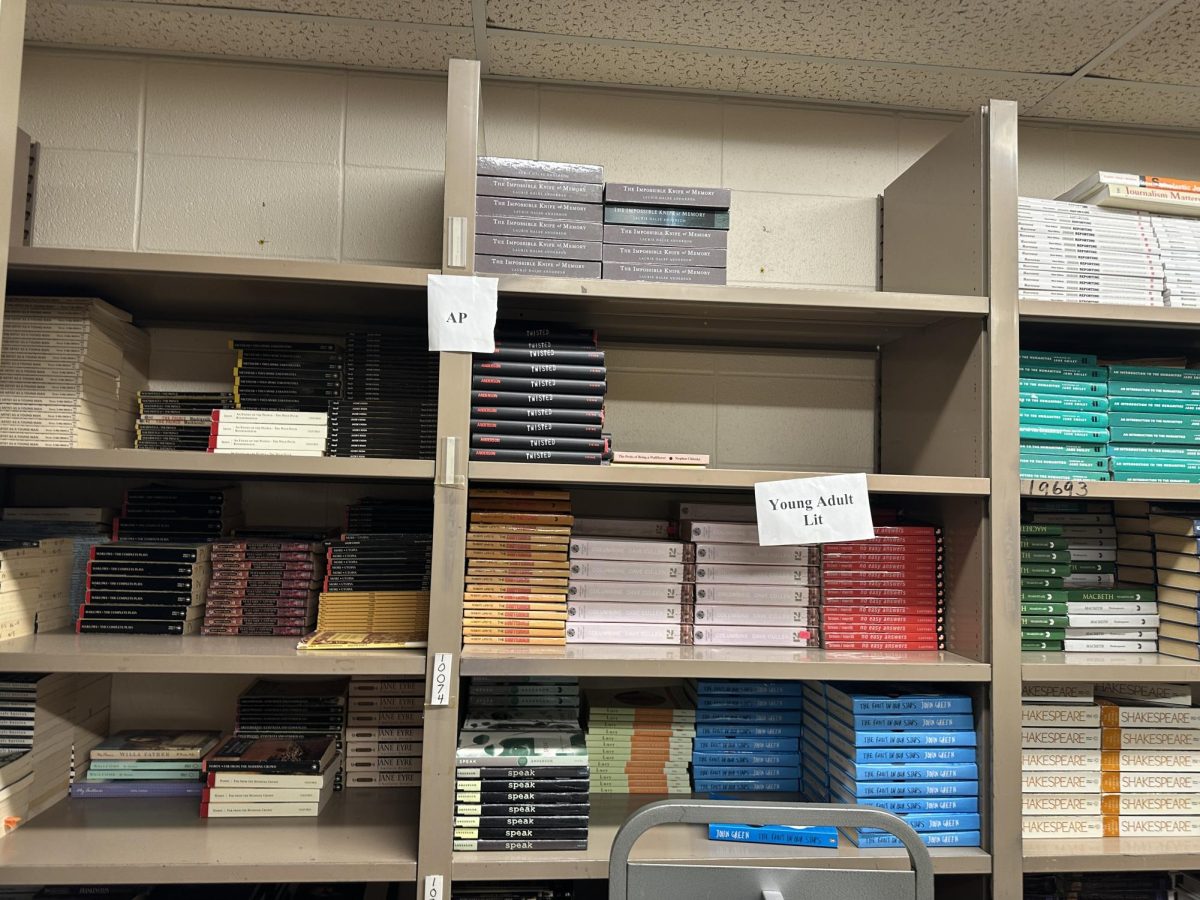
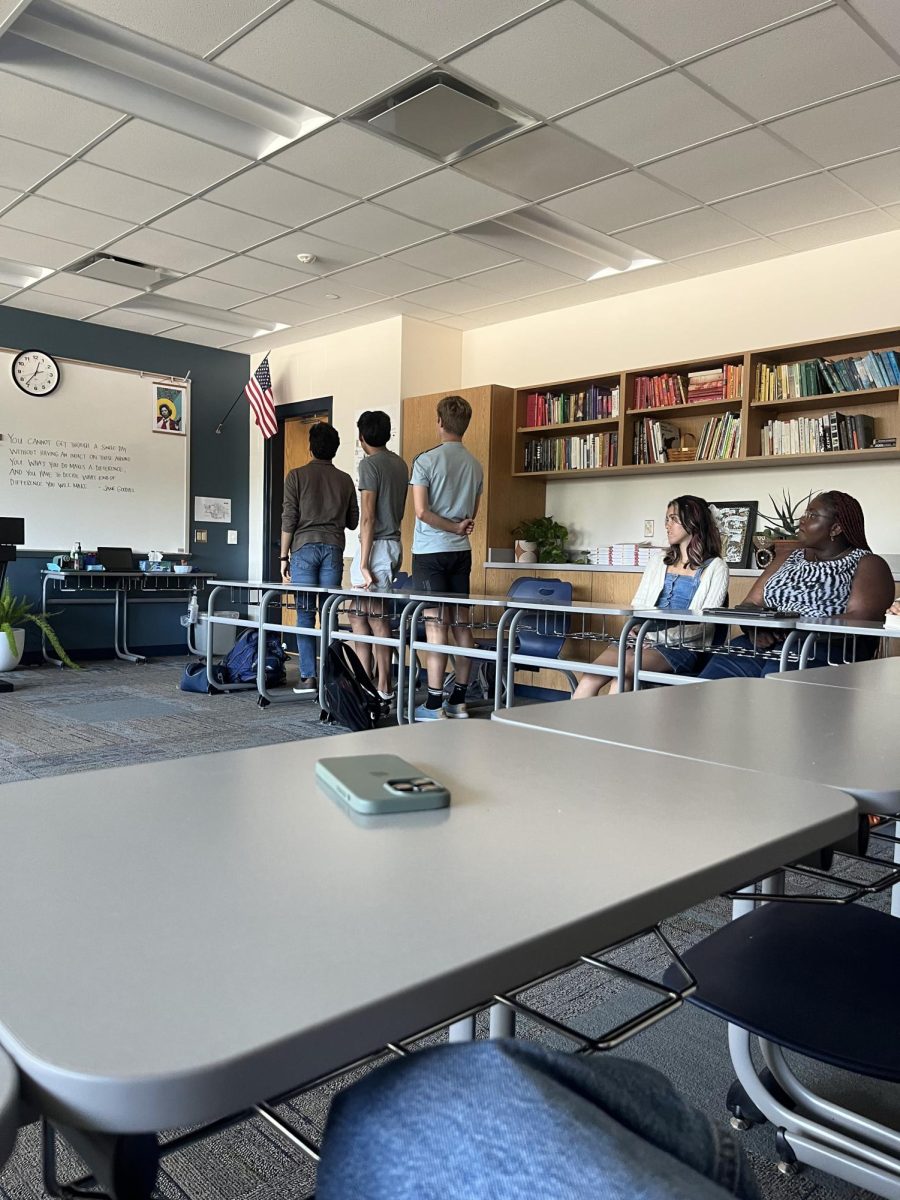
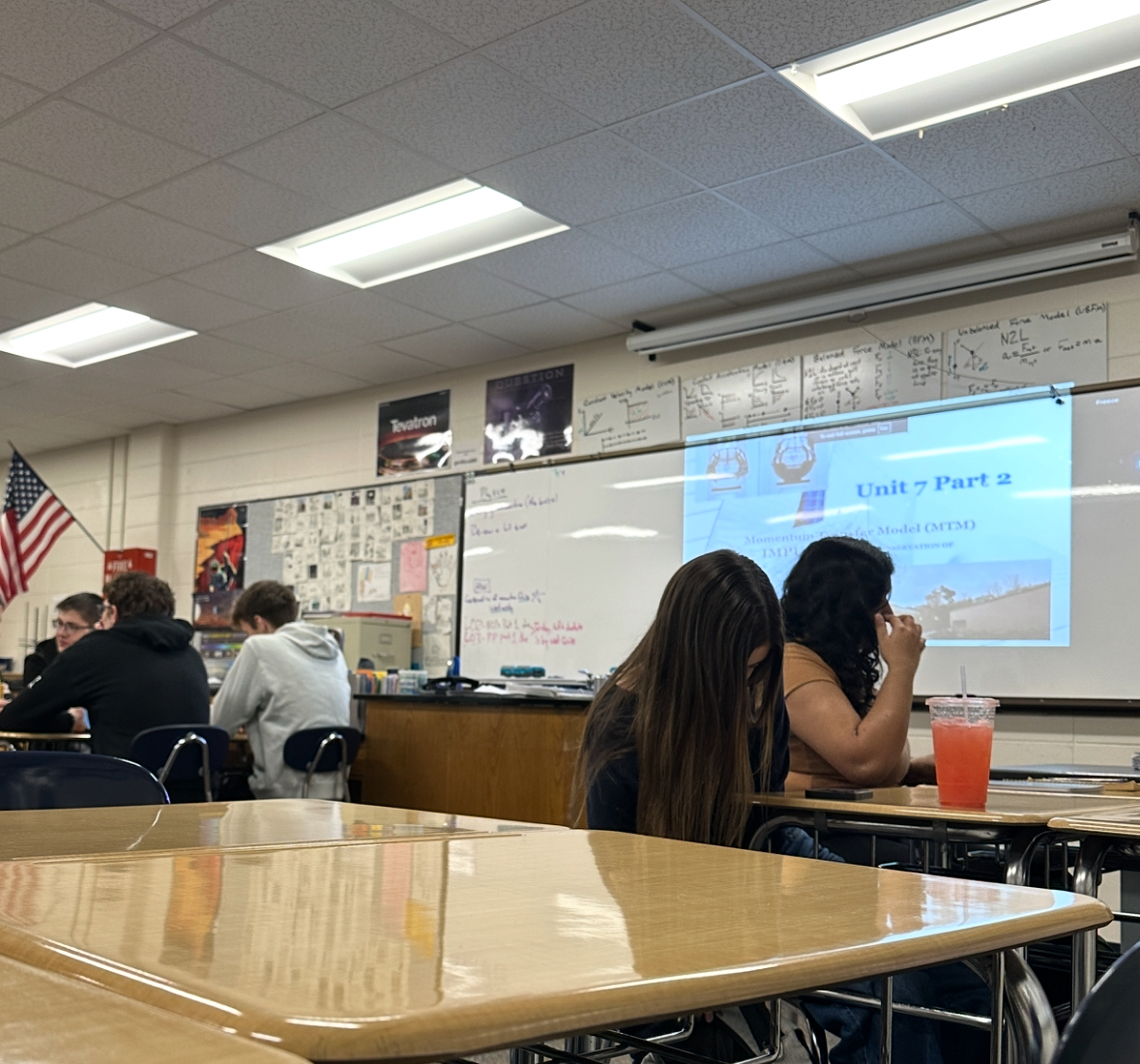
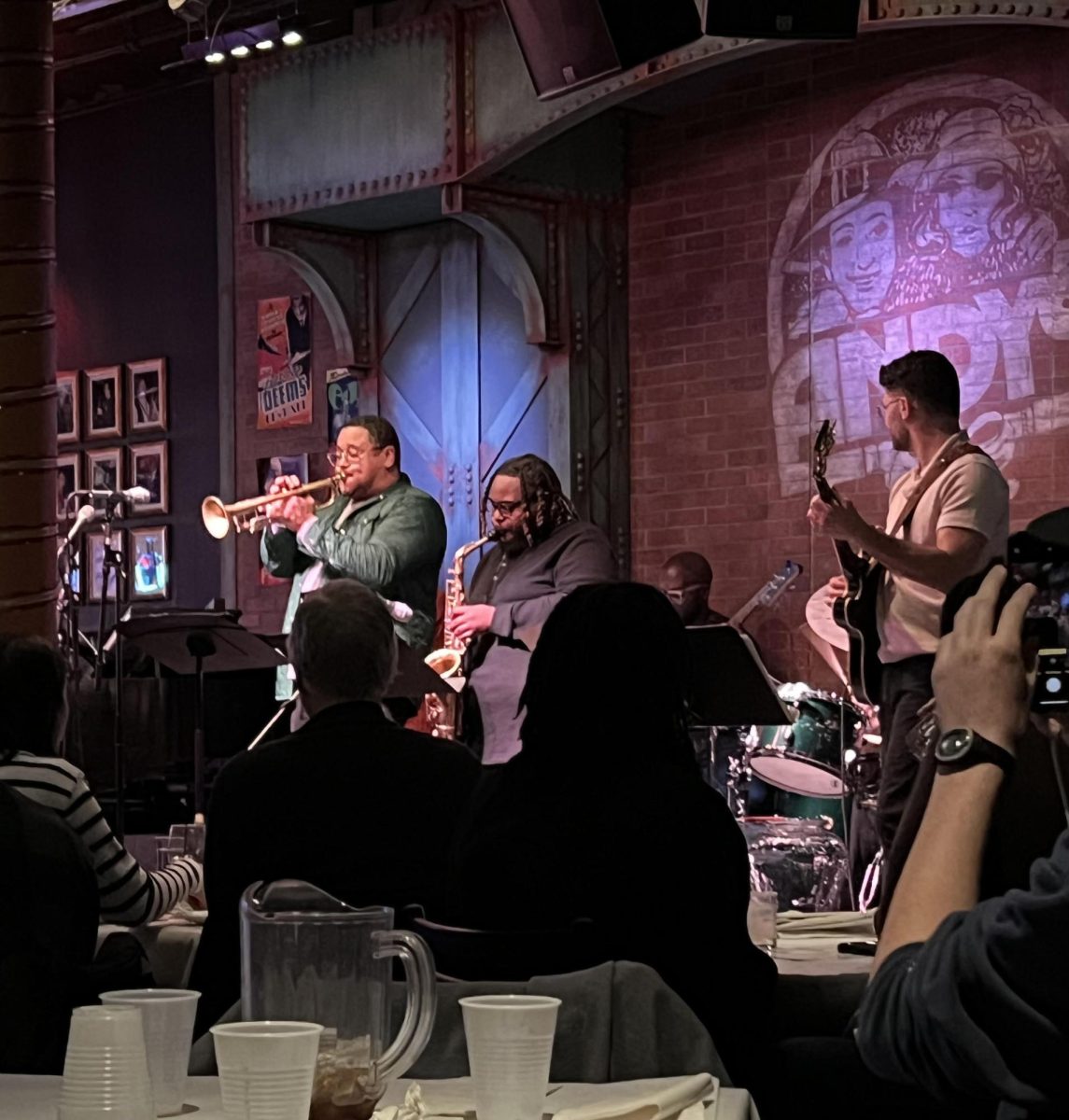
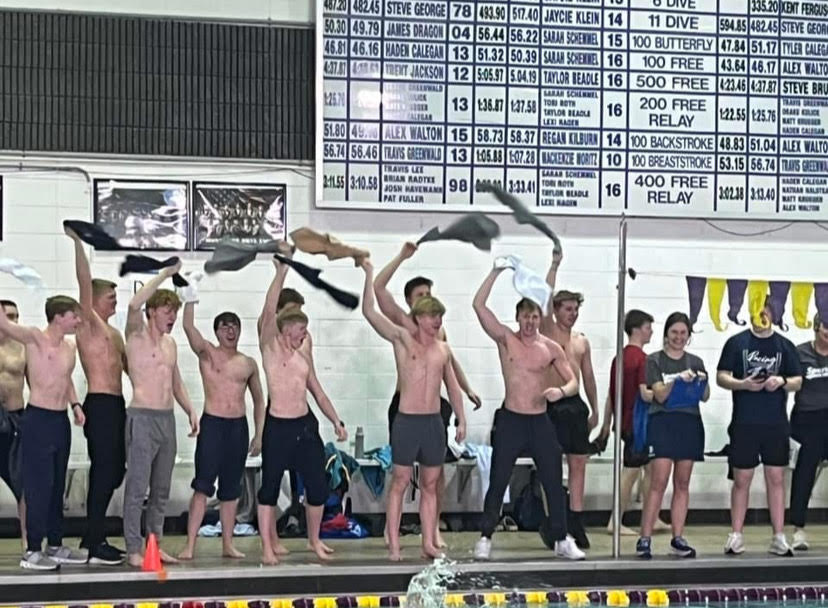
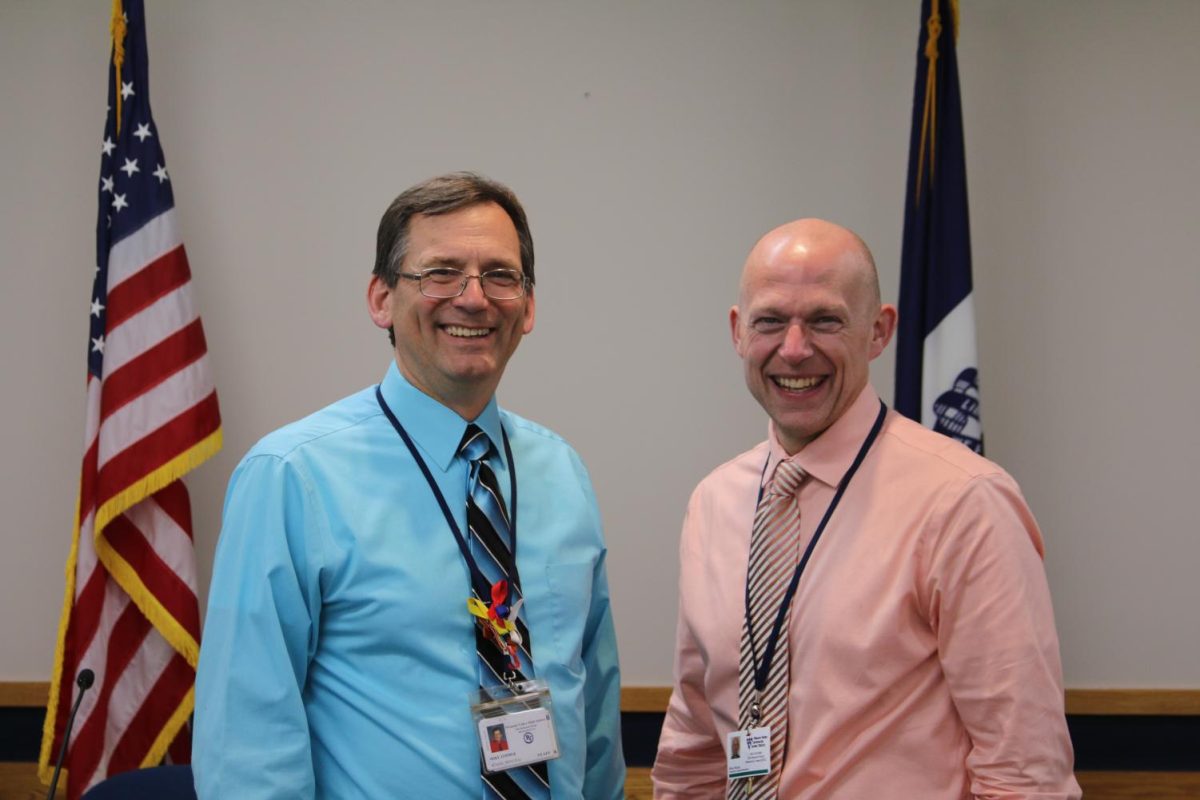


Mckinley Elg • Mar 26, 2021 at 1:15 pm
This is cool to think about how far education has come in the last year, how much different school has been. I would have never begun to think about how different I would be taking my senior year. I see a lot of the same sort of things happening in the business world and social world too. My dad’s job with John Deere was like that with everyone in office buildings now at home working virtually almost 100% of the time.